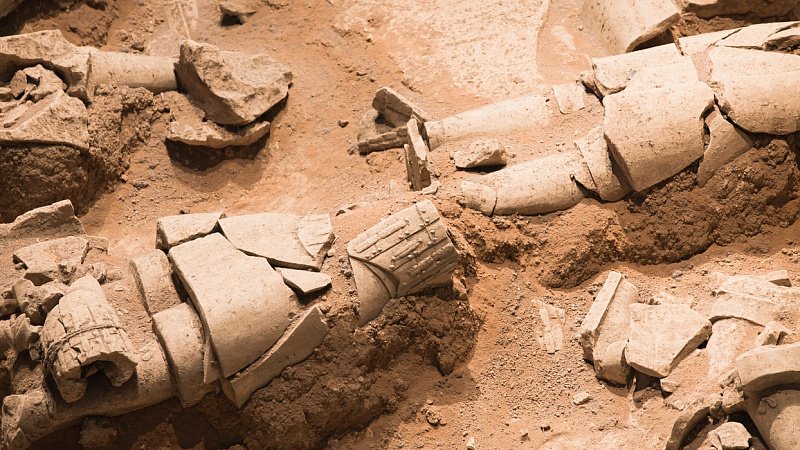Moscow: PonteSud – News Desk
Archaeologists in Changzhou, Jiangsu Province, have uncovered 156 ancient remains and over 500 artefacts at the Jiaopuxiang site, providing substantial new evidence of continuous human activity in the area dating back to the pre-Qin period.
The discovery offers new insight into the layered history of urban development in eastern China and sheds new light on the evolution of civilisation in the Jiangnan region.
The excavation, conducted across a 3,000-square-metre area, was carried out by the local archaeological institute.
Key findings include architectural remains spanning multiple dynasties. These range from roads and ditches of the Six Dynasties period (220–589) to tamped-earth walls, moats, and drainage systems from the Tang (618–907) and Five Dynasties (907–960) periods.
Two large-scale Song Dynasty (960–1279) building foundations were particularly notable: one potentially connected to the historic Liedi Temple ancestral hall and the other a well-preserved three-courtyard structure facing the Grand Canal.
The excavations also revealed a section of ancient city wall situated between the “outer city” and the “outermost wall”, which closely aligns with the Grand Canal’s course.
This previously undocumented fortification challenges and refines the historical understanding of Changzhou’s mediaeval defensive architecture, previously believed to consist of only three known layers.
Experts believe that the excavation provides a systematic record of Changzhou’s historical urban layout and offers critical data for understanding the rise of urban civilisation in southern Jiangsu.
The discovery also contributes to ongoing studies of fortification techniques, regional temple architecture, and the cultural continuity of Jiangnan cities through successive Chinese dynasties.







